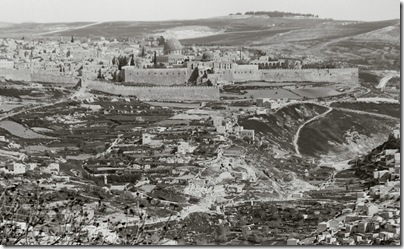A new study suggests that the scrolls in two of the Dead Sea Scroll caves were deposited fifty years earlier than the rest of the scrolls. You can read a brief report of the study here; the full report was published here:
Stökl Ben Ezra, Daniel. “Old Caves and Young Caves: A Statistical Reevaluation of a Qumran Consensus.” Dead Sea Discoveries 14/3 (2007) 313-333.
I am curious which two caves have the older material. Based on geographical location of the caves, I’d expect 1 and 2, or 3 and 11. But I don’t have access to the article as I write.
For some photos of the Dead Sea Scroll caves, see here.
HT: Joe Lauer
Update (2/11): The link above has been corrected. In the process, I found the full article itself, plus an abstract, which answers my question above: 1 and 4. The link that Al gives in the comments below is to an earlier, abbreviated version.
